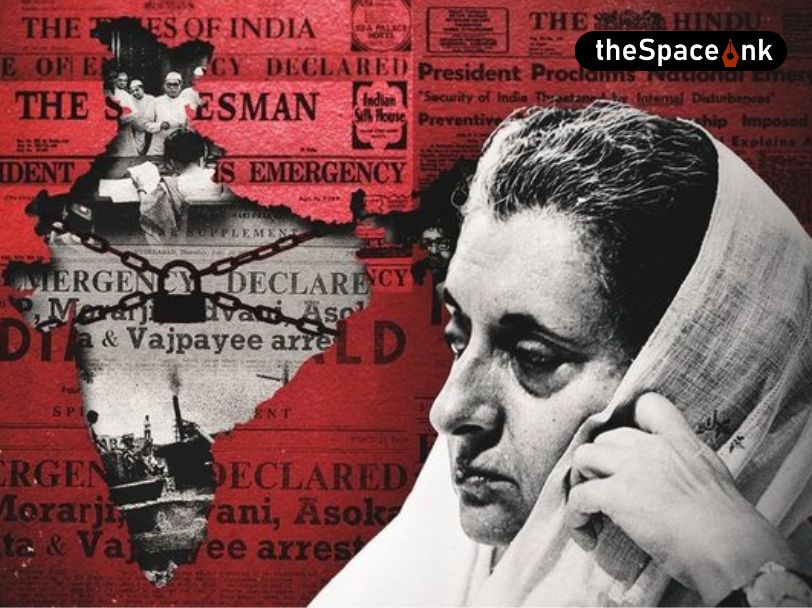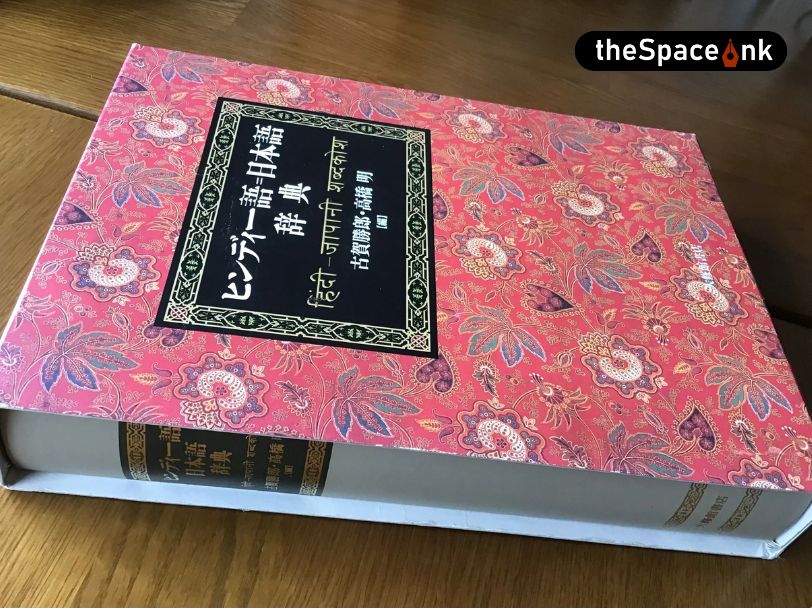On the 31st of March 1865 Gunpatrao Amritaswar Joshi and Gungabai Durgabai Joshi had a daughter. They named her Yamuna. Gunpatrao was a wealthy landlord who hailed from Kalyan in Maharashtra. Yamuna was the sixth of ten children. Gungabai herself descended from a distinguished family in Poonah (now Pune) and it was in her ancestral mansion in Pune that she gave birth to daughter Yamuna. When Yamuna was five years old, Gunpatrao appointed Gopal Vinayak Joshi as her tutor. Gopal, a widower and twenty years Yamuna’s senior was then working as a clerk in the postal department of Bombay (now Mumbai). Subsequently Gopal moved to Alibag and then to Bhooj in the Kutch region. Gunpatrao was on the lookout for an educated man for his favourite daughter Yamuna and in Gopal he found everything he was looking for. He married her off with much fanfare in 1874. After her marriage to Gopal Vinayak Joshi Yamuna assumed the name Anandibai Gopalrao Joshi – the name by which the world was to remember one of the first Indian women trained in western medicine.
Gopal’s job at the postal department took him from one place to another. The couple first moved to Bhooj after their marriage and then to Kolhapur. It was a union of equals. Gopal was a rational man who firmly believed in the education and emancipation of women. Anandibai never practiced the purdah and found herself at the helm of a household at the tender age of ten. But misfortune struck in 1878. The couple’s only child, a son was born and died within about ten days of birth. Anandibai was heartbroken. It was around that time that Gopal Joshi began to contemplate providing a formal education to his wife. Perhaps he believed education had the power to provide solace and emotional stability to the grieving mother. After all, she was only fourteen.

Anandibai’s husband was so obsessed with the idea of educating her wife that he even considered converting to Christianity as women’s education was then actively promoted by the missionaries in India. He wrote to a Presbyterian missionary from Kolhapur begging for assistance to send her wife to America to pursue higher education. This letter was eventually published in “Missionary Review” (published in Princeton) in 1879. However, the editor of “Missionary Review” Dr. Wilder discouraged Gopal Joshi’s proposal and suggested that Anandibai convert to Christianity and obtain her education from one of the women’s missionary schools in India.
This letter had profound and unforeseen consequences. One Mrs Theodicia Carpenter from New Jersey was roused by Gopal’s plea and wrote to the Joshis at their Kolhapur address mentioned in the journal. This was the beginning of a friendship that never left Anandibai’s side, till her untimely death in 1887.
Anandibai was to travel all by herself in the company of two other women possibly missionaries. But as the word of her plans spread around, there was widespread discontentment.
Mrs Carpenter and Anandibai’s correspondence was not merely an exchange of formalities. It was a social documentation of sorts. These two women set miles apart from each other began educating each other in the nuances of their respective cultures. They exchanged photographs, plant seeds, memorabilia and artefacts. For Anandibai Joshi this correspondence was also a ray of hope for a future she and her husband dreamed of. It also brings to the fore the avant garde that she was in more ways than one. It is remarkable for someone of her age and social standing to believe in women’s empowerment and independence back in 1880. It was not until 1928 that all women were allowed to vote in Britain. In one of these letters she writes, “When I think over the sufferings of women in India, in all ages, I am impatient to see the Western light dawn as the harbinger of emancipation….no man or woman should depend upon one another for maintenance and necessaries.”

By 1880 the Joshis found themselves in Calcutta, the erstwhile capital of British India. But the city’s sultry climate and unfamiliar culture made the couple feel alienated. Anandibai’s failing health added to their worries. They moved around quite a bit between Calcutta, Barrackpore and Serampore settling briefly at each place. Though troubled at being misfits in their surroundings, Anandibai still manages to retain her philosophical stand. She writes in a letter from Barrackpore, “No religion is bad, but its followers and selfish interpreters. Our priests are prejudiced and corrupt as are those of other religions.” In many ways Anandibai was ahead of her times and even ahead of ours.

The Joshis had initially planned to travel to America together but the expense stood in their way. Anandibai was to travel all by herself in the company of two other women possibly missionaries. But as the word of her plans spread around, there was widespread discontentment. Everyone around her – Bengalis, Europeans and Marathas vehemently opposed their decision. The Europeans wanted her to be baptized before travelling and the Hindus just didn’t want her to go to the land of the impure.

Anandibai however remained unfazed and decided to address a public audience at the Serampore College Hall on 24th February 1883. On the designated day, the hall was full. Among those present was one Col. Hans Mattison, the American Consul General in India, stationed in Calcutta. It is the farsighted Mattison who preserved parts of her address. The audience largely comprised hostile men and even a few women from the influential section of the society and they were threatening an eighteen year old girl with excommunication. But the girl in question was not your average teenager housewife from 19th century India. Far from it. Anandibai took the stage by a storm. She was an upright girl who knew what she had set out to do. She said, “In my humble opinion there is a growing need for Hindu lady doctors in India, and I volunteer to qualify myself for one.” She was building a case in favour of the women of India. But she was by no means meek.

She declared blatantly, “Shall I not be excommunicated when I return to India”? Do you think I should be filled with consternation at this threat? I do not fear it in the least. Why should I be cast out, when I have determined to live there exactly as I do here?” She ended the fiery speech with a plea – “The greater the difficulty, the greater our courage. Never let us desist from what we once begin. I have done. I am afraid I have exhausted your patience for which I beg to be excused.”
Anandibai however remained unfazed and decided to address a public audience at the Serampore College Hall on 24th February 1883. On the designated day, the hall was full. Among those present was one Col. Hans Mattison, the American Consul General in India, stationed in Calcutta.
The address was a massive success. Mr. H. E. M. James, the Director General of the Post Offices of India, wrote to Gopal Joshi with a handsome sum of one hundred rupees as aid to pay for her passage. She sailed from Calcutta on 7th April 1883, in the company of a Maratha family. At New York she met her friends, Mr and Mrs Carpenter from New Jersey. She finally graduated from the Woman’s Medical College of Pennsylvania (WMC) in March, 1886. Upon her return to India, she was appointed physician in charge of the female ward at the Albert Edward Hospital in Kolhapur. Unfortunately, she succumbed to tuberculosis on 26th February, 1887 a few months after returning to India. She was not even 22.
Though Anandi Gopal Joshi or Anandibai Joshi is remembered as one of the first Indian ladies to obtain training in western medicine, it is not just her medical career or her perseverance to achieve it that is worth analysing. Regardless of her religious and cultural belief system, we can spot in her an alert and observant young mind that was inclusive of the other. It is in this regard that she stood apart from the crowd during her times and continues to be a beacon of hope in a world torn apart by polarisation and intolerance.
Reference:
The life of Dr. Anandabai Joshee, a kinswoman of the Pundita Ramabai, 1888; Dall Caroline Wells Healey
A cynic and an atheist who was raised in an old orthodox town by the river Hooghly, some 40 km from Kolkata. Pallavi eventually took up English literature and completed her studies from the Jadavpur University. Her lifestyle is largely determined by her toddler son and her taste buds. She has few friends. Milan Kundera, music and cinema are some of them.






